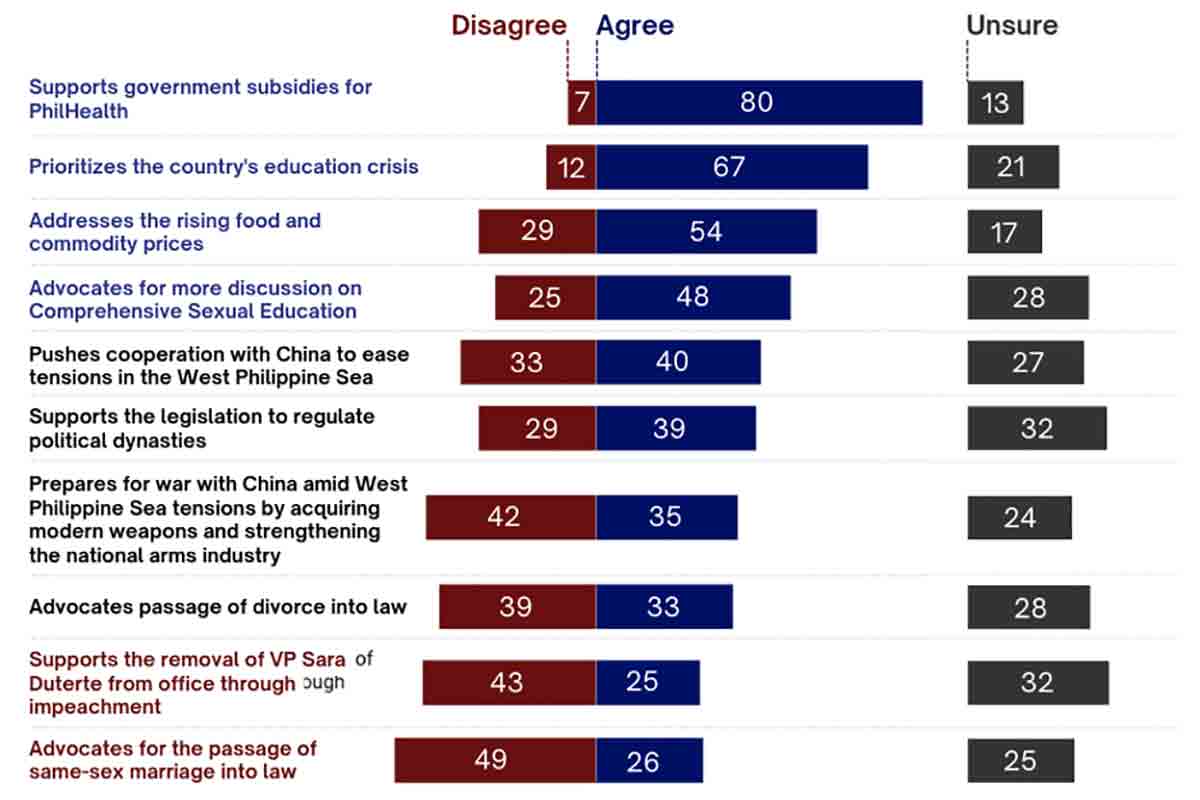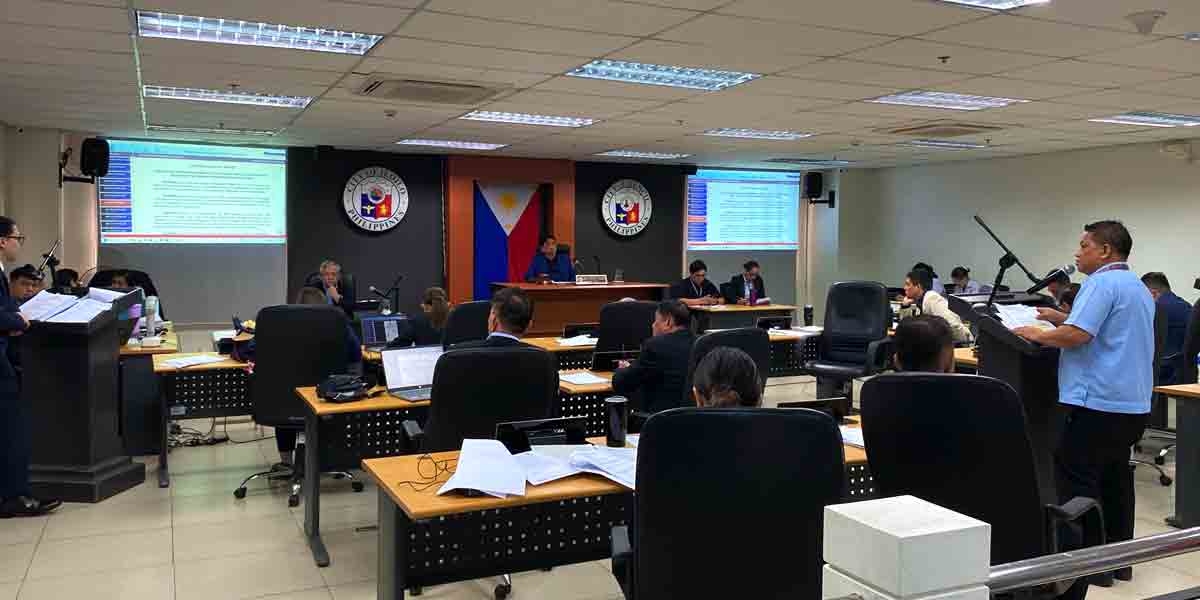The recent surge in acute gastroenteritis (AGE) cases in Iloilo City underscores a troubling paradox: a city that prides itself on modernization and self-reliance is grappling with a preventable disease that exposes the gaps in its infrastructure and public health practices.
AGE, often linked to contaminated food and water, is a condition that should be manageable in a modern urban environment.
Yet, the rise in cases—366 reported as of August 7, with nine fatalities—suggests that the city’s sanitation infrastructure is failing, particularly in economically depressed areas where poor sanitation and unreliable water sources are the norm.
The data highlights that districts like Arevalo and barangays such as Calaparan and So-oc, areas that should be benefiting from Iloilo’s progress, are instead suffering disproportionately.
The root causes of this health crisis cannot be ignored. Poor sanitation infrastructure, insufficient access to clean water, and inadequate waste management are key contributors.
In a city striving for progress, the existence of such basic problems is a glaring contradiction. If Iloilo City is to maintain its image as a “beacon of modernization,” it must address these fundamental issues with the same urgency as it does its development projects.
One cannot ignore the role that inadequate sanitation infrastructure plays in this health crisis. The city’s water supply system, while generally reliable, does not extend uniformly to all areas, leaving some residents dependent on deep wells and other water sources that may be contaminated.
The Iloilo City Health Office’s (CHO) ongoing efforts, including clean-up drives, sanitation inspections, and chlorination of wells, are commendable but clearly insufficient.
Moreover, the potential impact of climate change cannot be dismissed. With the increasing frequency of extreme weather events, water sources can become more susceptible to contamination, exacerbating public health issues.
As rainfall patterns shift and temperatures rise, the conditions for waterborne diseases like AGE could worsen, making it imperative for the city to strengthen its environmental resilience.
Addressing the AGE crisis requires a multi-faceted approach. While maintaining proper sanitation at home is critical, it is only part of the solution. The city government must prioritize upgrading sanitation infrastructure in underserved areas, ensuring that every resident has access to clean, safe water. This could involve expanding the reach of the city’s water supply network, investing in new technologies for water purification, and ensuring regular maintenance of existing facilities.
Public education campaigns, while necessary, must also be complemented by robust government action. The CHO’s efforts in providing free consultations and treatments are valuable, but they should be part of a broader strategy that includes regular health screenings in high-risk areas and the deployment of rapid response teams to manage outbreaks.
As Iloilo City continues to develop, it must not lose sight of the fundamental needs of its residents. Modernization should not only be measured by infrastructure and economic growth but also by the health and well-being of its people. AGE is a preventable disease, and in a city like Iloilo, it should not be a major health concern. Addressing the root causes of this problem—poor sanitation, inadequate infrastructure, and the looming threat of climate change—is essential to ensuring that Iloilo’s progress is inclusive and sustainable.
In the quest to be a modern, advanced, and self-reliant city, Iloilo must ensure that all its residents, regardless of their economic status, have access to the basic necessities that safeguard their health. This is not just a public health issue; it is a matter of equity and justice.

























